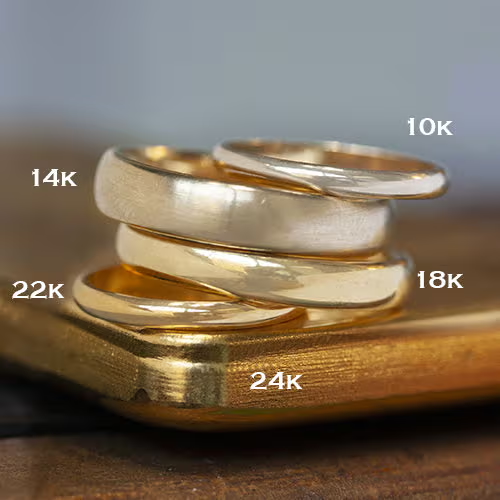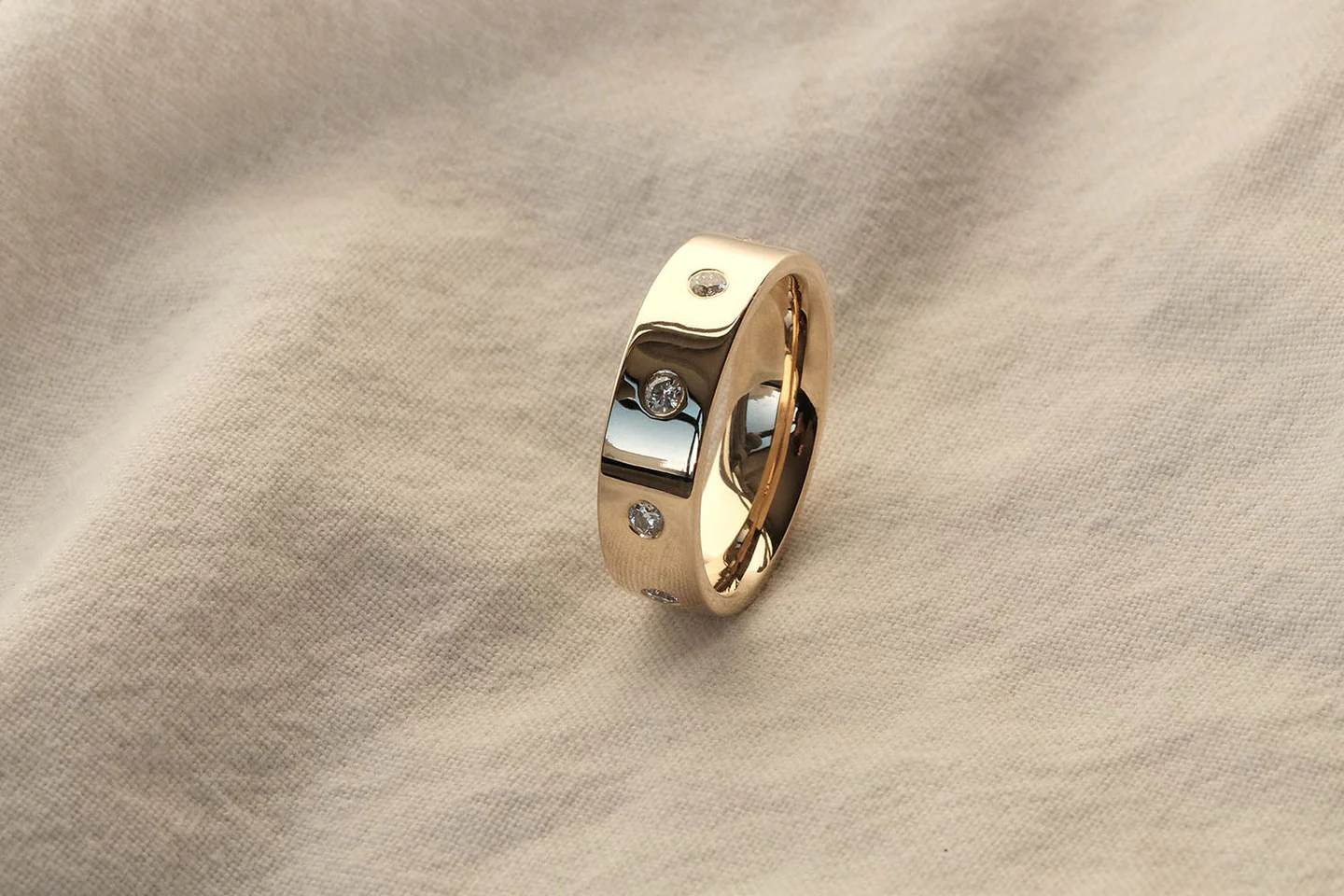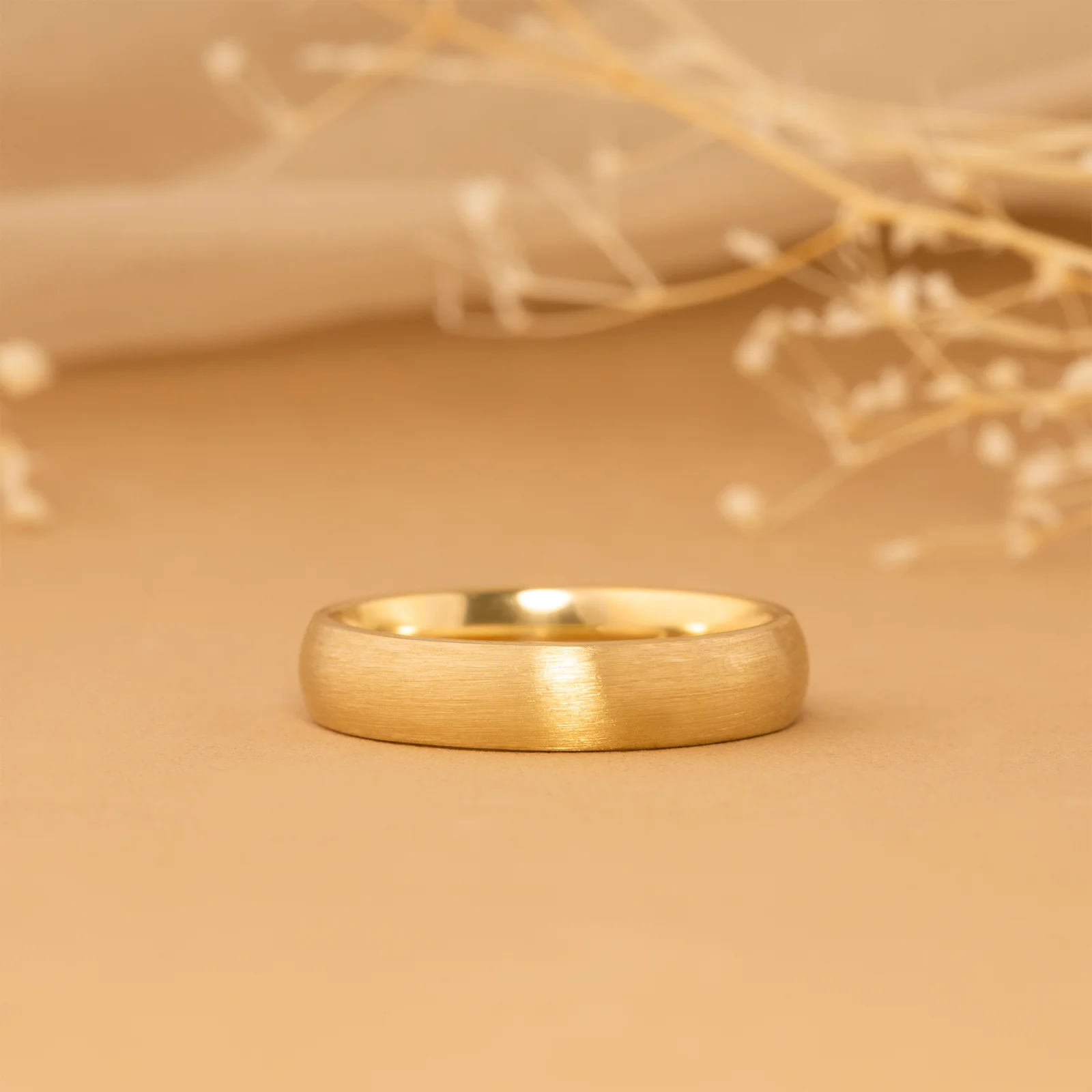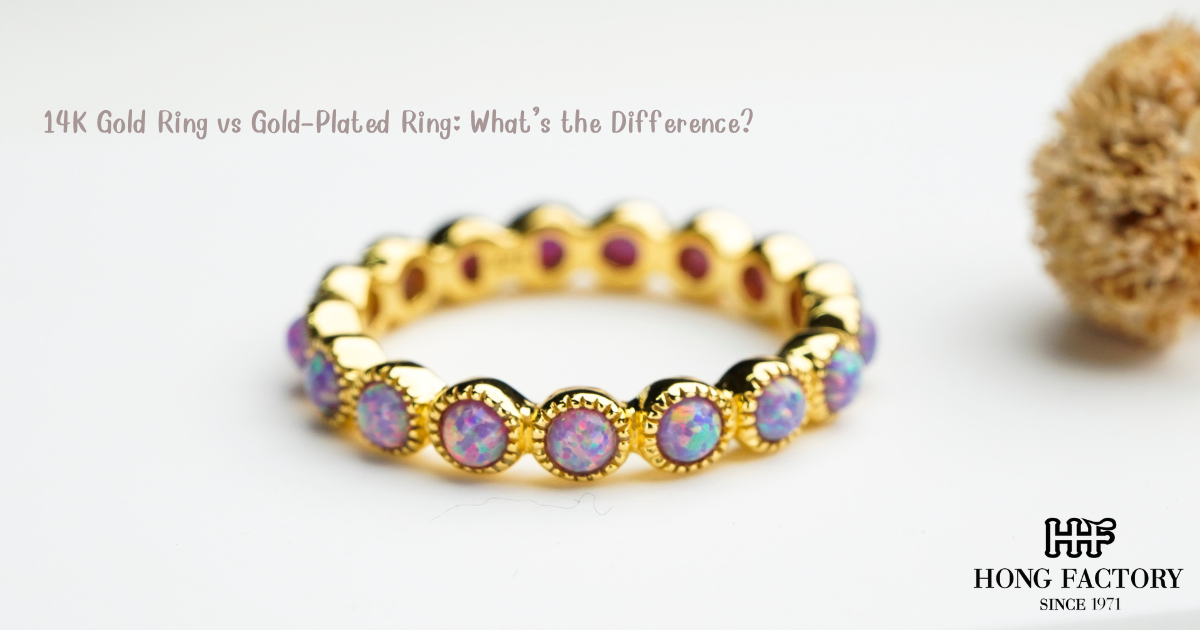When shopping for jewelry, it’s common to see terms like 14K gold and gold-plated. While both may look similar at first glance, they are very different in composition, durability, and value.
Understanding these differences is important when choosing jewelry that suits your lifestyle, budget, and long-term expectations. In this article, we’ll break down the distinctions between 14K gold rings and gold-plated rings so you can make an informed decision. marcasite jewelry

What Is a 14K Gold Ring?
A 14K gold ring is made with 58.3% pure gold mixed with 41.7% alloy metals such as copper, silver, zinc, or nickel. This alloy strengthens the ring, making it more durable than higher-karat gold while still offering a beautiful golden shine. 14K gold is one of the most popular choices for engagement rings, wedding bands, and everyday jewelry.
Key Features of 14K Gold Rings:
- Durability: Stronger than 18K or 24K gold, suitable for daily wear.
- Appearance: Warm, natural golden color with long-lasting shine.
- Value: Holds intrinsic value as it contains real gold.
- Hypoallergenic: Less likely to cause skin irritation compared to low-quality metals.
What Is a Gold-Plated Ring?
A gold-plated ring is made by applying a very thin layer of gold over a base metal such as brass, copper, or stainless steel. While it looks like gold jewelry on the surface, the underlying structure is not solid gold.

Key Features of Gold-Plated Rings:
- Affordable: Much less expensive than solid gold.
- Appearance: Shiny and gold-like when new.
- Durability: The thin gold layer can wear off over time, exposing the base metal.
- Maintenance: Requires frequent care to maintain its look.
Differences Between 14K Gold and Gold-Plated Rings
Composition
- 14K Gold Ring: Contains 58.3% real gold mixed with alloys.
- Gold-Plated Ring: Thin layer of gold over a non-precious base metal.
Durability
- 14K Gold: Strong enough for everyday wear and resists tarnish with proper care.
- Gold-Plated: Prone to fading, peeling, or tarnishing as the gold layer wears off.
Value
- 14K Gold: Holds long-term value because of its gold content.
- Gold-Plated: Minimal value since the gold layer is very thin.
Appearance
- 14K Gold: Natural, rich golden color that lasts for decades.
- Gold-Plated: Similar appearance initially but loses shine more quickly.
Cost
- 14K Gold: More expensive but a long-term investment.
- Gold-Plated: Very budget-friendly but not durable for daily use.
Pros and Cons
14K Gold Rings:
- Pros: Durable, valuable, hypoallergenic, suitable for everyday wear.
- Cons: Higher upfront cost.
Gold-Plated Rings:
- Pros: Affordable, trendy, gold-like appearance.
- Cons: Short lifespan, prone to fading, may cause irritation if base metals react with skin.
When to Choose 14K Gold
- You want jewelry that lasts for decades.
- You prefer investment-worthy pieces.
- You need a durable ring for daily wear, such as wedding bands.

When to Choose Gold-Plated
- You want budget-friendly, trendy jewelry.
- You enjoy experimenting with different styles without committing to high costs.
- You need occasional wear accessories rather than everyday pieces.
Care Tips
- 14K Gold Rings: Clean with mild soap and water, store separately to avoid scratches, polish regularly.
- Gold-Plated Rings: Avoid water and chemicals, clean gently with a soft cloth, store in a dry pouch.
While both 14K gold and gold-plated rings look beautiful, their differences are significant. A 14K gold ring is a long-term investment with real value and durability, while a gold-plated ring is best for affordable, short-term fashion. Choosing the right one depends on your lifestyle, budget, and how long you want your jewelry to last.
